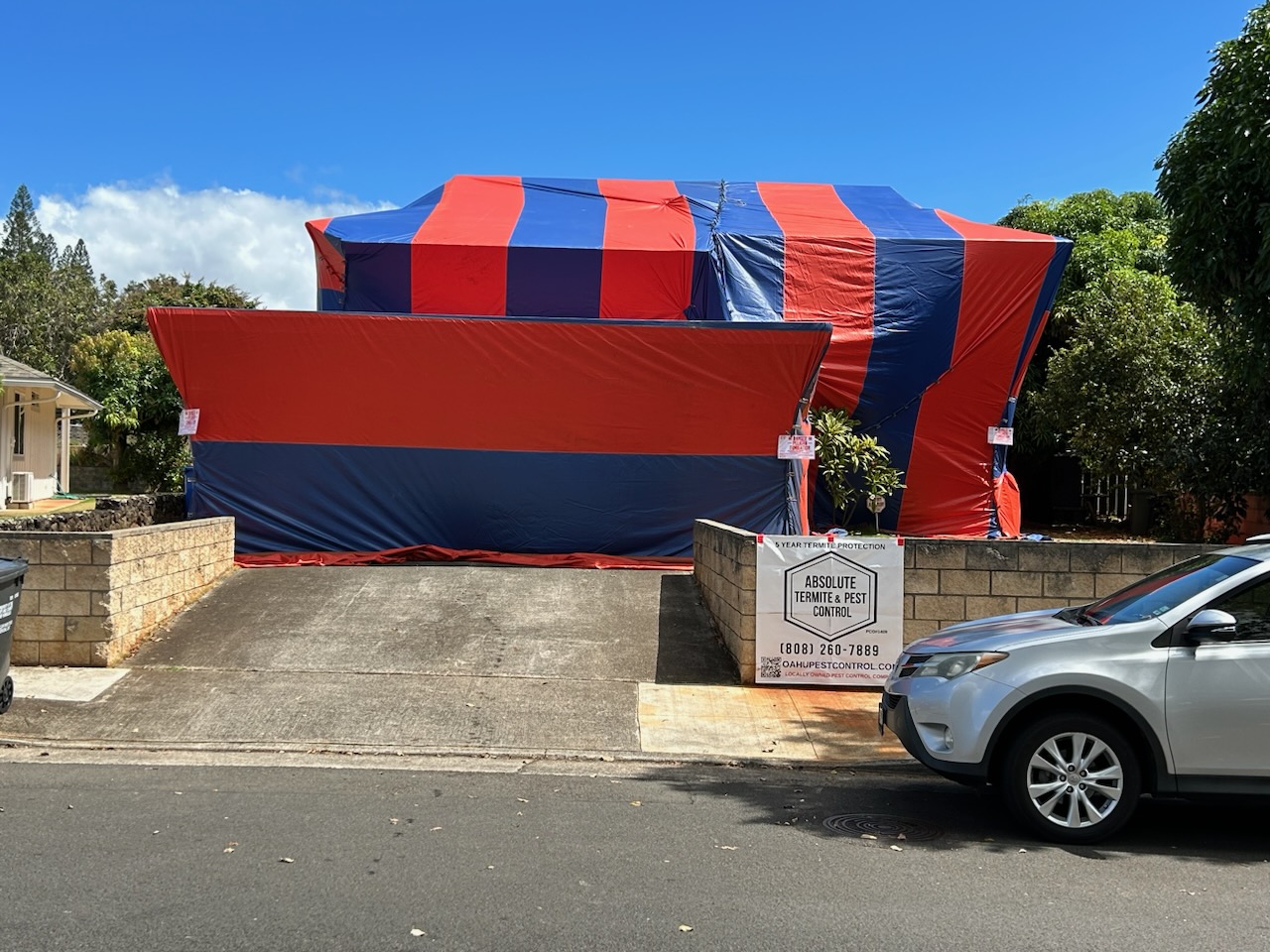Identifying the First Signs of a Bed Bug Infestation
- Absolute Pest Control Hawaii PCO#1409
- Sep 29
- 4 min read
Bed bugs can quickly transform your peaceful nights into distressing experiences. These tiny pests are skilled at hiding in minimal spaces and can reproduce rapidly if not tackled right away. Knowing the first signs of a bed bug problem is essential for effective management. In this post, we’ll explore how to identify the initial indicators of a bed bug infestation, enabling you to take action before the situation grows worse.
Understanding Bed Bugs
Bed bugs are small, reddish-brown insects that primarily feed on the blood of humans and animals. They are nocturnal, actively seeking out their prey while most people are asleep. Their ability to hide in places like mattresses, bed frames, and even behind wallpaper makes them particularly difficult to spot. Bites from bed bugs can result in red, itchy welts, with some individuals experiencing allergic reactions. This makes early detection paramount in handling any potential infestation.
Common Signs of Bed Bug Infestation
1. Bites on the Skin
A classic sign of bed bugs is the appearance of bites on your skin. These bites often show up in clusters or lines and can become itchy and red. According to the Centers for Disease Control and Prevention (CDC), about 20% of people will not exhibit any reaction to bed bug bites. So, if you wake up with unexplained welts, it’s time to investigate further.
2. Blood Stains on Bedding
Small blood stains on sheets or pillowcases are another sign that bed bugs might be present. These stains can appear when a bed bug is crushed after feeding. If you find multiple spots, it’s a strong indication of their presence in your sleeping environment.
3. Dark Spots on Mattresses
Bed bugs excrete waste that looks like small dark spots on your mattress or bedding. These marks can easily be confused with dirt or mold but are a clear sign of bed bug activity. Focus on inspecting the seams and folds of your mattress where these signs are most likely to appear.
4. Shed Exoskeletons
As bed bugs mature, they shed their exoskeletons. These skins can often be found in their hiding spots, such as mattress seams, cracks, or behind furniture. Discovering these exoskeletons is a strong indication that bed bugs are breeding in your home.
5. A Musty Odor
In larger infestations, bed bugs can emit a musty odor, often described as sweet or moldy. This scent comes from the pheromones they release and can be a clear indicator of a significant infestation. If you detect this smell in your bedroom, it's crucial to look for other signs of bed bugs.

Where to Look for Bed Bugs
1. Mattresses and Box Springs
Mattresses and box springs are hotspots for bed bugs. Check seams, folds, and any crevices for live insects, eggs, or dark spots. Studies show that over 90% of bed bug infestations originate here.
2. Bed Frames and Headboards
Bed frames and headboards also serve as prime hiding spots. Examine the joints and cracks carefully, as bed bugs favor these areas for shelter.
3. Furniture and Upholstery
Bed bugs can also take refuge in upholstered furniture, such as couches and chairs. Inspect seams and underneath cushions for signs of infestation.
4. Baseboards and Carpets
Bed bugs can travel beyond the bed, so check baseboards and carpets as well. Look for dark spots or shed skins in these areas. It’s important to be thorough during your search.
5. Luggage and Personal Items
Traveling can put you at risk for bringing bed bugs home. Inspect luggage and personal items before bringing them inside. Research has shown that 68% of people unknowingly transport bed bugs after staying in infested places.
Prevention Tips
1. Regular Inspections
Conduct regular checks of your sleeping areas and furniture to identify any bed bug signs promptly. Early detection can prevent a larger infestation.
2. Use Protective Covers
Invest in bed bug-proof mattress and pillow covers. These protective barriers deter bed bugs from infesting your bedding and make it easier to spot any signs of activity.
3. Be Cautious When Traveling
Inspect hotel rooms for bed bugs before unpacking your luggage. Storing your luggage on luggage racks and away from beds can also help prevent an infestation.
4. Declutter Your Home
Keep your home tidy and organized to reduce potential hiding spots for bed bugs. Decluttering will simplify inspections and help you maintain a pest-free environment.
5. Seek Professional Help
If you suspect a bed bug issue, it’s important to seek professional pest control services. These experts have the tools and experience to effectively eliminate bed bugs from your home.
Final Thoughts
Recognizing the first signs of a bed bug infestation is essential for effective management. By staying vigilant and knowing what to look for, you can address the problem before it escalates. Regular inspections, protective covers, and careful travel habits can keep your home bed bug-free. If you find signs of an infestation, seek professional help to ensure thorough treatment. Remember, timely detection is key to maintaining a peaceful and restful home environment.











Comments